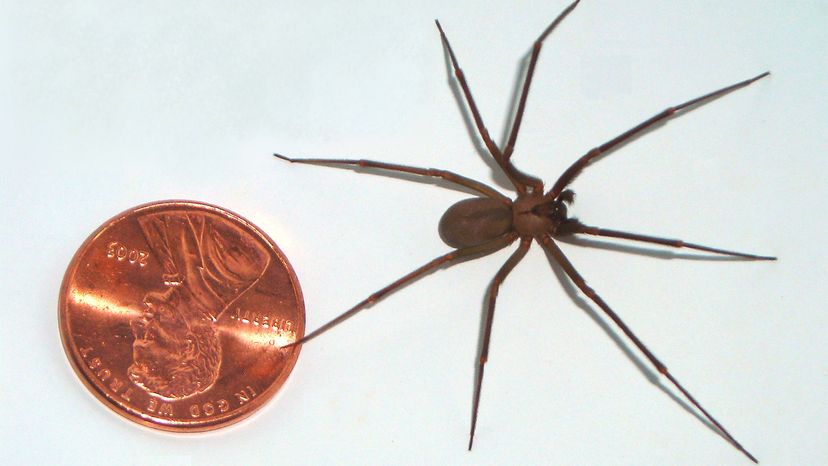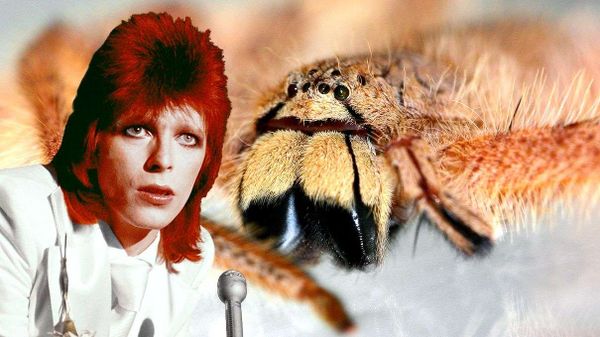Brown recluses do bite on occasion. The owner of the Kansas residence harboring a brown recluse spider infestation lived there for 11 years before knowingly sustaining a brown recluse spider bite, which ended up being asymptomatic.
"She reached inside a shirt, felt a pinch and the spider fell out," Vetter says. "She says she took a Benadryl and went on with her day. She was fine. I'm not sure the Benadryl did anything."
Not everyone who is bitten by a brown recluse spider experiences a reaction — not by a long shot. In fact, 90 percent of all brown recluse bites result in absolutely nothing. Just about 10 percent of cases result in a necrotic skin lesion (rotting flesh) that may require a skin graft, but even that lesion usually heals up completely by itself.
In much less than 1 percent of cases (usually in small children) the reaction to brown recluse venom becomes systemic, destroying red blood cells and causing toxic backup in the kidneys. In these cases, hemoglobin passes into the urine, which comes out black. If this happens, the patient could die within 12 to 30 hours — even before anything shows up on the skin around the bite site.
So, if you notice your or your child's urine is black, seek medical attention immediately. According to Vetter, dialysis and hydration should clear it up if you catch it in time.

